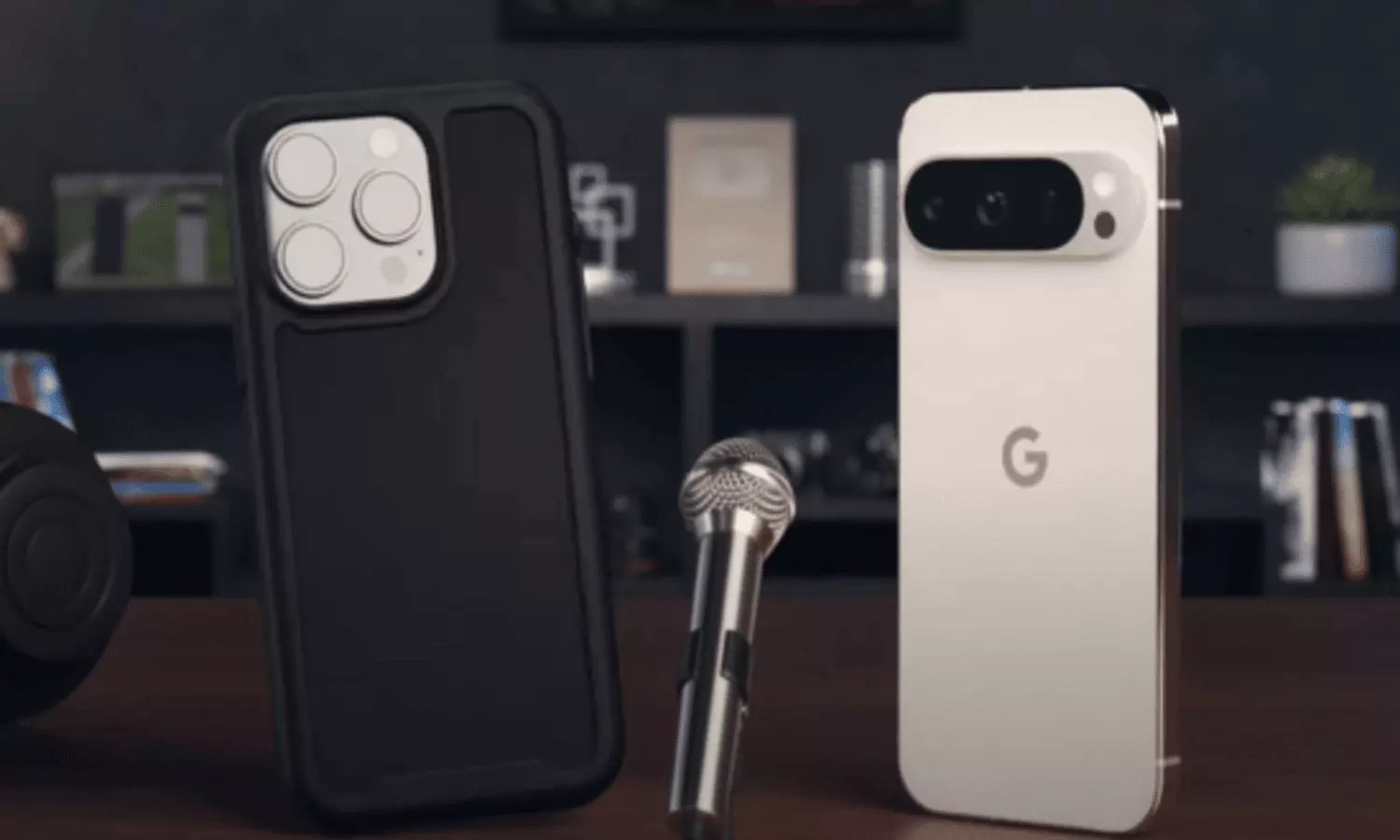Android 16 Arrives: Live Notifications and New Tablet Tricks
Google’s Android 16 launches with lock screen app tracking, mic switch for hearing aids, PC-like tablet windows, and stronger device protection.
image for illustrative purpose

Google has officially begun rolling out Android 16 to its Pixel smartphones, marking the earliest major Android software release to date. The update is expected to expand to other Android device brands before the end of the year.
The new operating system focuses on usability improvements, advanced security, and features that optimize performance across both phones and large-screen devices.
Android 16 introduces real-time updates directly to the notification area and lock screen, allowing users to track delivery and ride-hailing apps without needing to open them. Google says it is working with major brands, including Samsung, OnePlus, and OPPO, to integrate this feature into their custom Android experiences like the Now Bar and Live Alerts.
Notifications are also now automatically grouped by app, making it easier to keep the interface clutter-free.
Users of LE Audio-compatible hearing devices will now have the option to switch audio input from their hearing aid’s microphone to the phone’s microphone, enabling better clarity during phone calls—especially in noisy surroundings. Android 16 also adds system-level controls for hearing aid settings like volume adjustments, eliminating the need for third-party apps.
A new one-touch security feature called Advanced Protection is now built into Android 16. It’s designed to help users shield their data and devices from malicious software, phishing websites, fraudulent calls, and more—offering one of Google’s most secure mobile experiences to date.
For users on larger screens, Android 16 adds full window management support in collaboration with Samsung. Apps can now be opened in separate windows, resized, and dragged across the screen, replicating desktop-style multitasking. Support for taskbar overflow and custom keyboard shortcuts will roll out later this year.
External display support is also planned, along with further updates aimed at improving Android’s productivity suite for tablets.
Google has hinted at future additions to Android 16, including support for HDR screenshots, smoother adaptive refresh rates, and built-in tools for verifying digital identities.
Meanwhile, Samsung has begun testing its custom One UI 8 software—based on Android 16—for the Galaxy S25 lineup in select global regions.
Pixel phone users can access Android 16 now, while broader availability across other Android devices is expected to follow in phases over the next several months.

